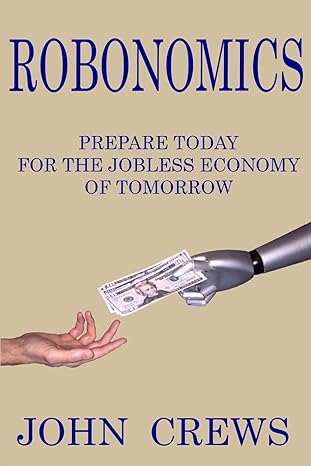Question
Hatfield Medical Supplys stock price had been lagging its industry averages, so its board of directors brought in a new CEO, Jaiden Lee. Lee had
Hatfield Medical Supplys stock price had been lagging its industry averages, so its board of directors brought in a new CEO, Jaiden Lee. Lee had brought in Ashley Novak, a finance MBA who had been working for a consulting company, to replace the old CFO, and Lee asked Novak to develop the financial planning section of the strategic plan. In her previous job, Novaks primary task had been to help clients develop financial forecasts, and that was one reason Lee hired her.
Novak began by comparing Hatfields financial ratios to the industry averages. If any ratio was substandard, she discussed it with the responsible manager to see what could be done to improve the situation. The following data show Hatfields latest financial statements plus some ratios and other data that Novak plans to use in her analysis.
| Balance Sheet | 12/31/2019 | Income Statement | 12/31/2019 | |
| Cash | $ 90 | Sales | $ 9,000.9 | |
| Accounts receivable | $ 1,260 | Operating Costs | $ 8,100.9 | |
| Inventories | $ 1,440 | Depreciation | $ 360.0 | |
| Total Current Assets | $ 2,790 | EBIT | $ 540.0 | |
| Net fixed assets | $ 3,600 | Interest | $ 144.0 | |
| Total Assets | $ 6,390 | Pre-tax earnings | $ 396.0 | |
| Taxes (25%) | $ 99.00 | |||
| Accounts payable & accruals | $ 1,620 | Net Income | $ 297.00 | |
| Line of credit | $ - | |||
| Total Current Liabilities | $ 1,620 | Additional Information | ||
| Long-term debt | $ 1,800 | Dividends | $ 100 | |
| Total Liabilities | $ 3,420 | Additions to RE | $ 197 | |
| Common stock | $ 2,100 | Common shares | 50 | |
| Retained earnings | $ 870 | EPS | $ 5.94 | |
| Total common equity | $ 2,970 | DPS | $ 2.00 | |
| Total Liabilities & Equity | $ 6,390 | Ending stock price | $ 40.00 | |
| Hatfield | Industry | |||
| (Op. costs)/Sales | 90% | 88% | ||
| Depr./FA | 10% | 12% | ||
| Cash/Sales | 1% | 1% | ||
| Receivables/Sales | 14% | 11% | ||
| Inventories/Sales | 16% | 15% | ||
| Fixed assets/Sales | 40% | 32% | ||
| (Acc. Pay. & accr.)/Sales | 18% | 12% | ||
| Tax rate | 25% | 25% | ||
| Target WACC | 10% | 11% | ||
| Interest rate on debt | 8% | 7% | ||
| Profit margin (M) | 3.30% | 5.60% | ||
| Return on assets (ROA) | 4.60% | 9.50% | ||
| Return on equity (ROE) | 10.00% | 15.10% | ||
| Sales/Assets | 1.41 | 1.69 | ||
| Asset/Equity | 2.15 | 1.59 | ||
| Debt/TA | 28.20% | 16.90% | ||
| (Total Liabilities)/(Total Assets) | 53.50% | 37.30% | ||
| Times interest earned | 3.80 | 11.70 | ||
| P/E ratio | 6.70 | 16.00 | ||
| OP ratio: NOPAT/Sales | 4.50% | 6.10% | ||
| CR ratio: (Total op. capital)/Sales | 53.00% | 47.00% | ||
| ROIC | 8.50% | 13.00% | ||
Repeat the analysis performed in the previous question, but now assume that Hatfield is able to improve the following inputs: (1) Reduce operating costs (excluding depreciation) to sales to 89.4% at a cost of $40 million. (2) Reduce inventories/sales to 14% at a cost of $10 million. (3) Reduce net fixed assets/sales to 38% at a cost of $20 million. This is the Improve scenario.
- (1) Should Hatfield implement the improvement plan? How much value would it add to the company?
- (2) How much can Hatfield pay as a special dividend in the Improve scenario? What else might Hatfield do with the financing surplus?
Step by Step Solution
There are 3 Steps involved in it
Step: 1

Get Instant Access to Expert-Tailored Solutions
See step-by-step solutions with expert insights and AI powered tools for academic success
Step: 2

Step: 3

Ace Your Homework with AI
Get the answers you need in no time with our AI-driven, step-by-step assistance
Get Started


